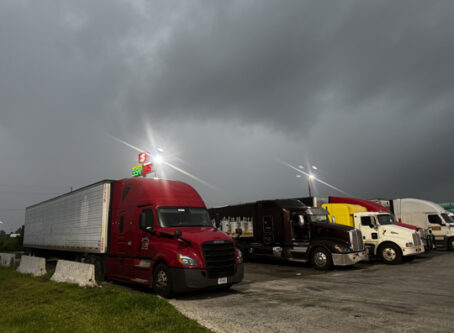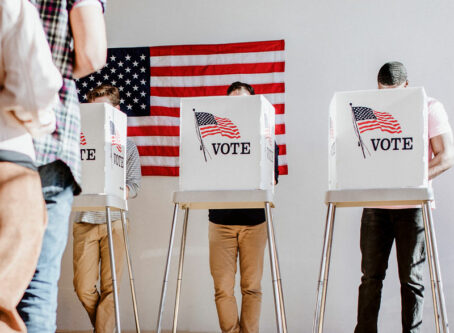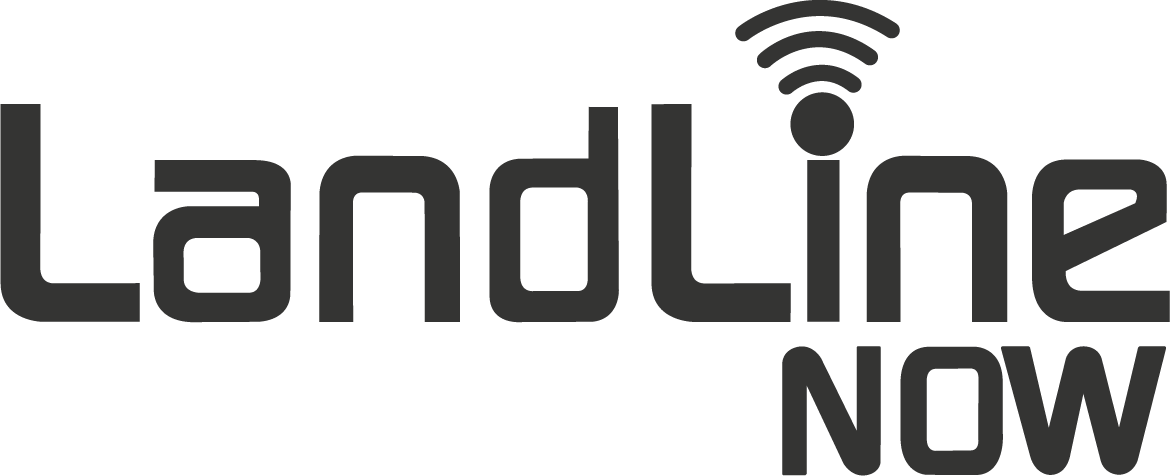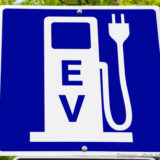Local elections include transportation funding questions
In less than three weeks voters in counties across the country will decide whether to authorize additional funding for transportation work.
Land Line tracks measures covering statewide, county and local ballot initiatives. Here is a breakdown of some notable initiatives on Nov. 2 ballots in five states, and one special election in Oklahoma.
Bryan County, Okla.
Voters in Bryan County, Okla., this week got a jump on the fall elections with a special election. A question on the county ballot asked voters to decide whether to double the local sales tax for roads.
The county in southeast Oklahoma north of Dallas now collects a half-cent sales tax.
Voters rejected a half-cent sales tax increase by a nearly 2-to-1 margin.
Linn County, Iowa
The Nov. 2 ballot in Linn County, Iowa, will ask voters about extending a local option sales tax.
The county that includes the city of Cedar Rapids collects a 1% local option sales and services tax. The tax is scheduled to sunset in 2024.
Voters will decide whether to renew the tax starting July 1, 2024, for 10 more years.
Jurisdictions around the county will submit specific uses for the tax to be included on ballots.
Unincorporated areas of the county would continue to allocate 50% of funds for construction, maintenance, and operation of secondary roads, farm to market roads, and bridges. Another 25% would again be applied for property tax relief on property in affected areas. The rest of the funds would be used for conservation projects and programs administered by the Linn County Conservation Board.
Mahoning County, Ohio
Fall ballots in Mahoning County, Ohio, will include a question to benefit road and bridge work.
The question will ask voters whether to increase the county’s 7.25% sales tax by 0.25% to 7.5% for five years. The additional $45 million over five years would be used to pave roads and improve bridges throughout the county that includes the city of Youngstown.
Currently, county road work is funded solely by fuel tax revenue and license plate fees.
Arlington County, Va.
In Arlington County, Va., voters will decide whether to tap bonds to benefit local transportation work.
Question 1 would authorize issuing $38.7 million in bonds for transportation, road, pedestrian, and transit projects.
Allotment would be broken down as follows: $20.7 million for the Washington Metropolitan Area Transit Authority; $17.5 million for road work; and $500,000 for bridge maintenance and replacement.
City of Boulder, Colo.
Two questions of note are on the November ballot in the city of Boulder.
The first question will ask voters whether to extend a 0.3% local sales and use tax for 15 years. The tax is scheduled to sunset on Dec. 31, 2021.
Passage of Issue 21 would fund city capital improvement projects that include maintaining and improvement of roads. The tax is estimated to raise $11.5 million annually.
A related question on the ballot would authorize issuing $110 million in bonds for projects that include road work.
Issue 2J on the ballot would repay the bonds through an extension of the 0.3% local sales and use tax.
City of Snoqualmie, Wash.
Proposition 1 on the city of Snoqualmie’s fall ballot will ask voters whether to impose a 0.2% sales and use tax to fund transportation improvement programs.
Passage would repeal the existing $40 vehicle license fee collected in the city. The fee raises $406,000 annually.
Revenue from a 0.2% sales and use tax is estimated at $550,000 annually. The money would be used for street resurfacing, Snoqualmie Parkway rehabilitation, and sidewalk replacement included in the city’s six-year transportation improvement plan.
Advocates say the tax would be paid by residents and non-residents. They say that is a better option than relying solely on the vehicle license fee paid by residents.
The tax would take effect on April 1, 2022. LL
More election coverage
Keith Goble, state legislative editor for Land Line Media, keeps track of transportation ballot questions across the U.S. Here are some recent articles by him.









